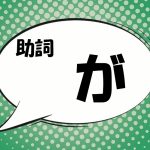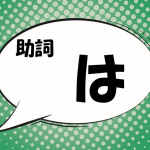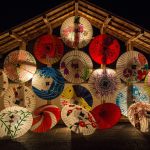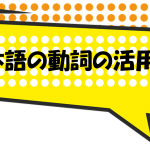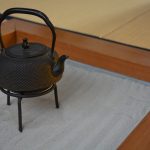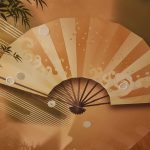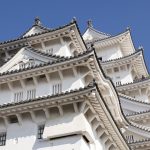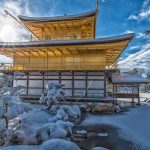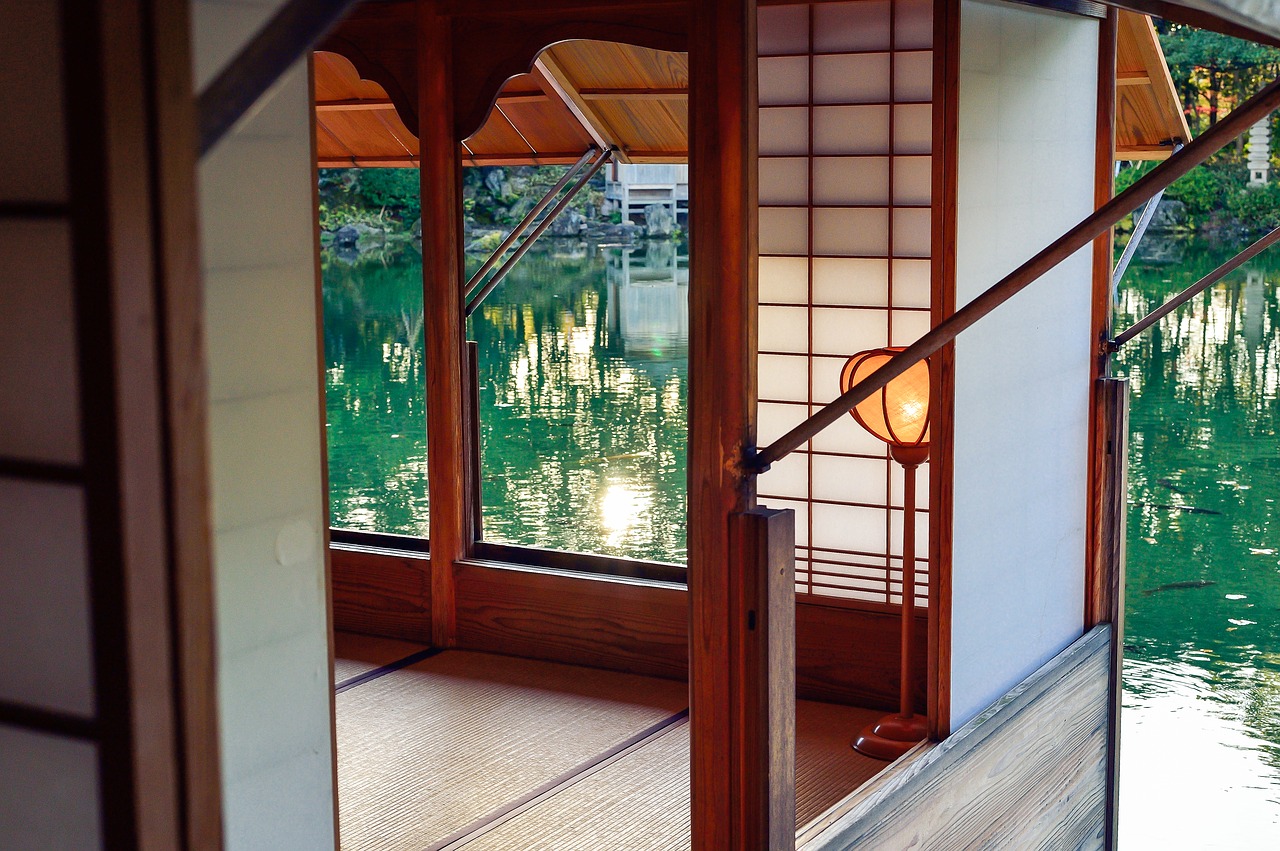
目次
What are Japanese participles?
Let’s learn particle kara/から for now.
How to use particle kara/から
kara/から is similar to the English preposition from.
In English, prepositions are always followed by a noun group and make a prepositional phrase. A prepositional phrase plays the grammatical role of an adjective or adverb.
Similarly, kara/から always follow a noun group and make a postpositional phrase, which plays the grammatical role of an adverb. That is, postpositional phrases usually tell us more about verbs.
<Example 1>
Watashi wa tookyoo kara ki-mashita.
わたし は とうきょう から きました。
私 は 東京 から 来ました。
[I as-for Tokyo from came]
I came from Tokyo.
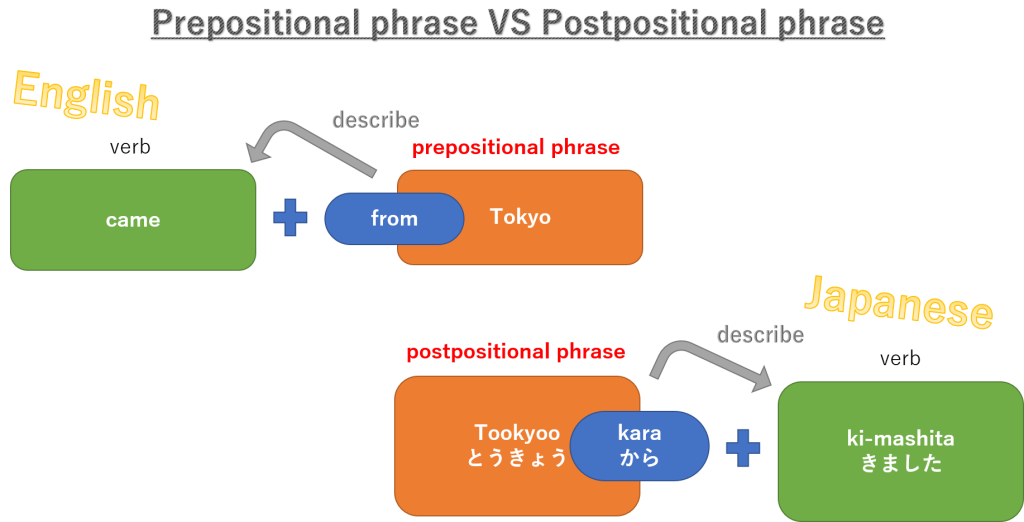
kara/から indicates start point
kara/から is used to show where the action starts. Let's have a look at an example.
<Example 2>
Ie kara eki made aruita.
いえ から えき まで あるいた。
家 から 駅 まで 歩いた。
[house from station until walked]
I walked from my house to the station.
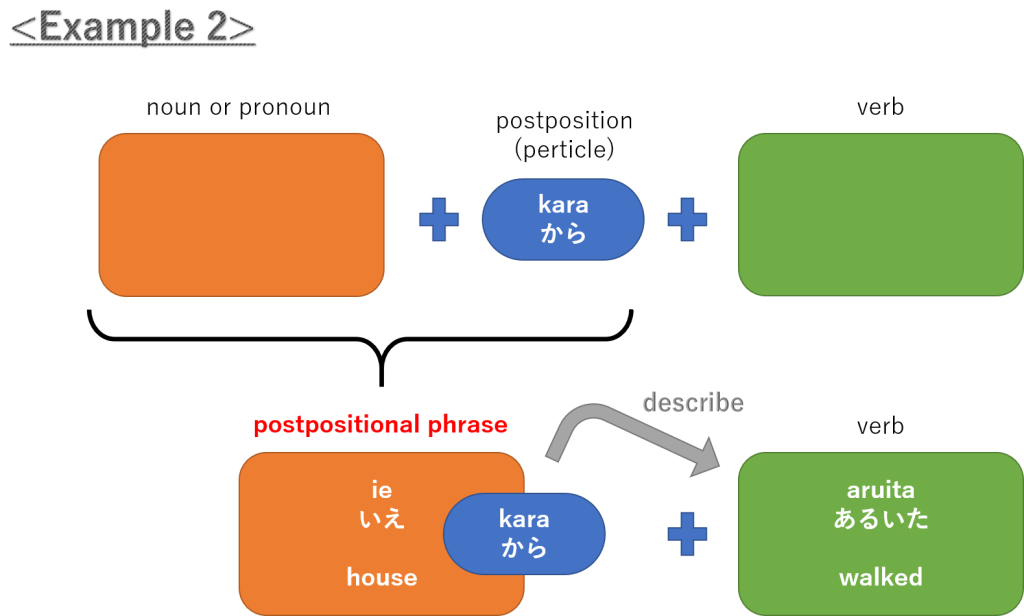
Here, kara/から comes after "ie", and this tell us that house is where the act of walking starts.
kara/から indicates start time
kara/から is used to show when the action starts. Let's have a look at an example.
<Example 3>
Ashita kara hataraki-masu.
あした から はたらきます。
明日 から 働きます。
[tomorrow from work]
I'm going to work from tomorrow.
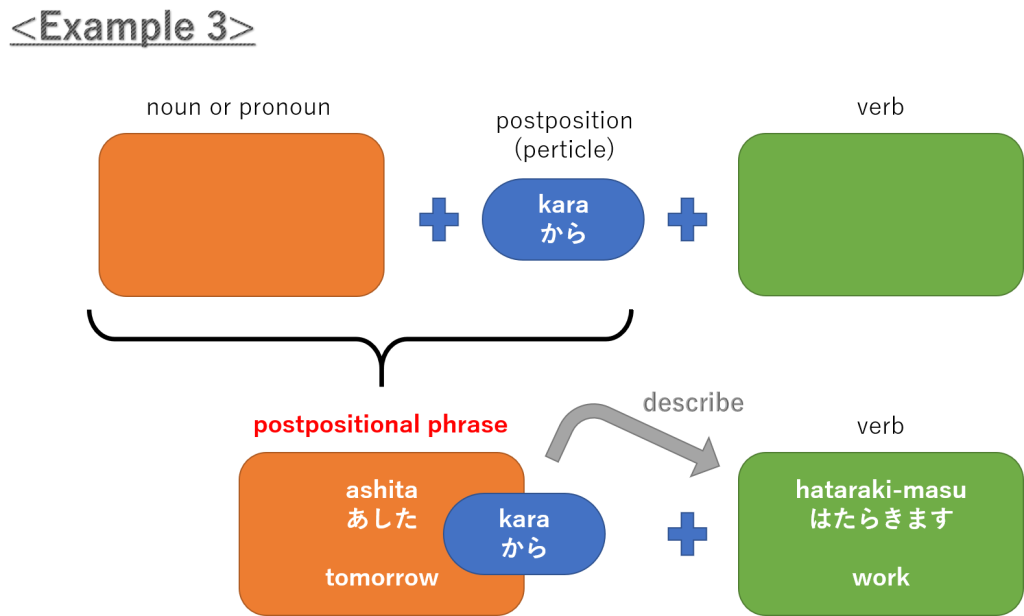
Tomorrow is the time when the act of working starts, and we know this because “ashita” is followed by kara/から.
You may also like
https://jpgrammar.com/particle-made/
